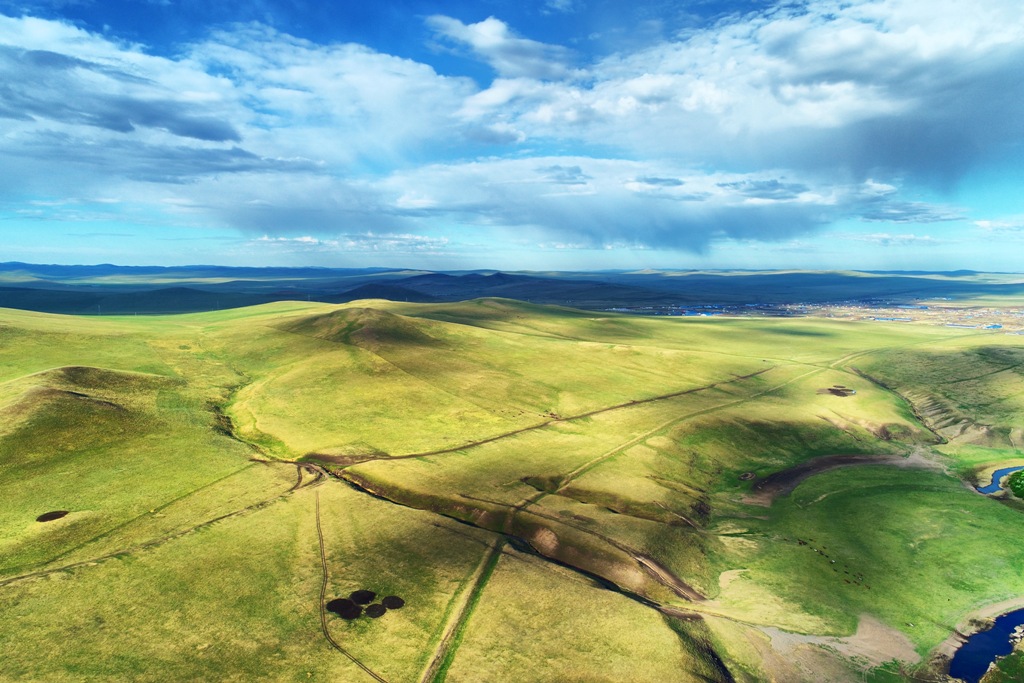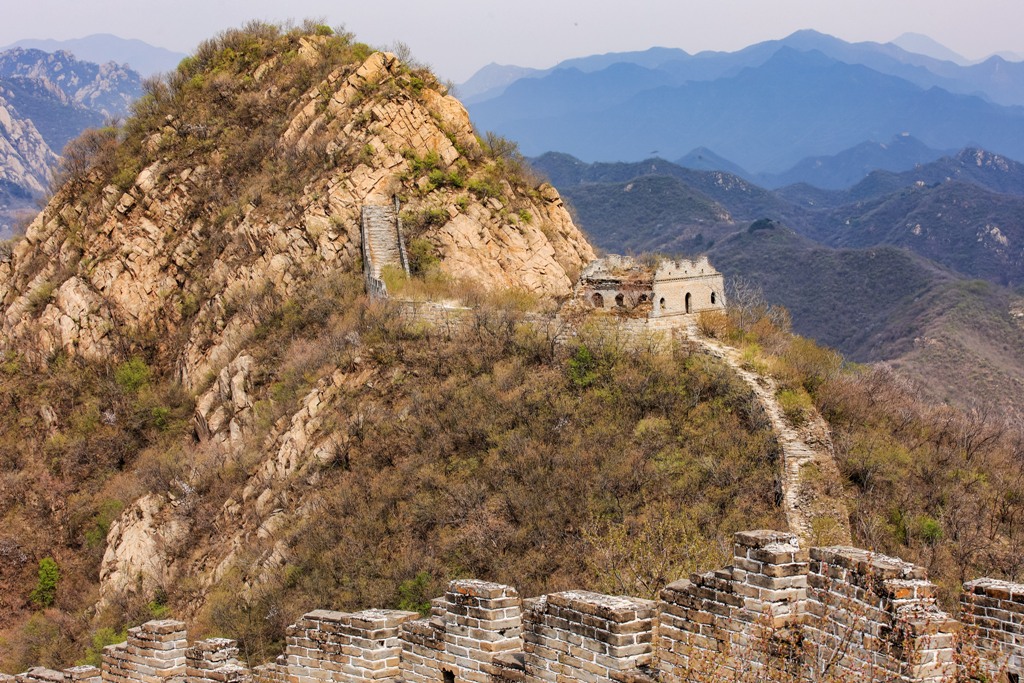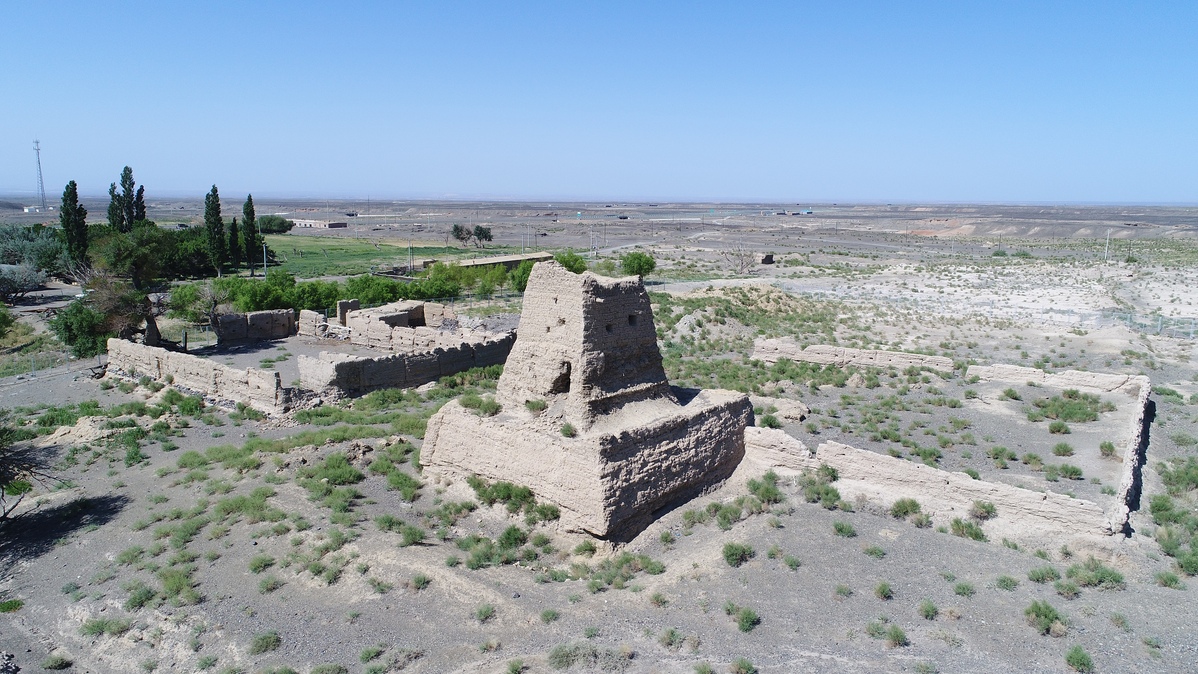Q: Is the Great Wall just a wall? What architectural structures does it consist of?


A: The Great Wall is not a single-layered lengthy wall as most photos would suggest. It is a multi-layered, systematic set of fortifications.
Take, for instance, the Great Wall of the Jurchen-Jin Dynasty (1115-1234), often shown in photographs as a low rammed earth wall. It actually included several layers of trenches and sub-walls beside the main wall, which together formed a tight defensive system with depth. Every time the attacking cavalry met a ditch or a low wall, they had to dismount to cross it, thereby exposing themselves to the arrows of the defenders. The flat terrain in the northern part of the Central Plain and the vast desert made it possible for the assaulting cavalry to come and go anywhere. Therefore, the movement of cavalry could only be effectively barricaded against by continuous long walls and fortifications.

The construction of the Great Wall in China is mostly in three parts: wall, pass and beacon tower.
The wall of the Great Wall is generally built on steep terrain, and the height and strength of the wall are determined by the ease of transit over the terrain. The passes are numerous defensive points along the Great Wall, usually located in spots conducive to defending against large-scale attacks.

The function of the beacon tower was to transmit military information. The method of transmission was to burn smoke during the day and light a fire at night, because the daytime sunlight lowers the visibility of fire. It was a very scientific and fast method, continuously refined and perfected by the dynasties, to convey information since different amounts of smoke and fire were used to distinguish different numbers of enemies. By the Ming Dynasty(1368-1644), in addition to lighting smoke or flames, the sound of artillery was also applied for more accurate “telegraphs”. A perfect beacon tower included flags, drums, crossbows, soft ladders, cannon stones, gunpowder, Wolf dung, firewood and other items, and could be used in different ways at any time to transmit the number of invading enemies and the degree of military urgency.
Features
 Exhibition
Young imaginations on vibrant display
Exhibition
Young imaginations on vibrant display
 Exhibition
Louvre exhibits show influence of China
Exhibition
Louvre exhibits show influence of China


